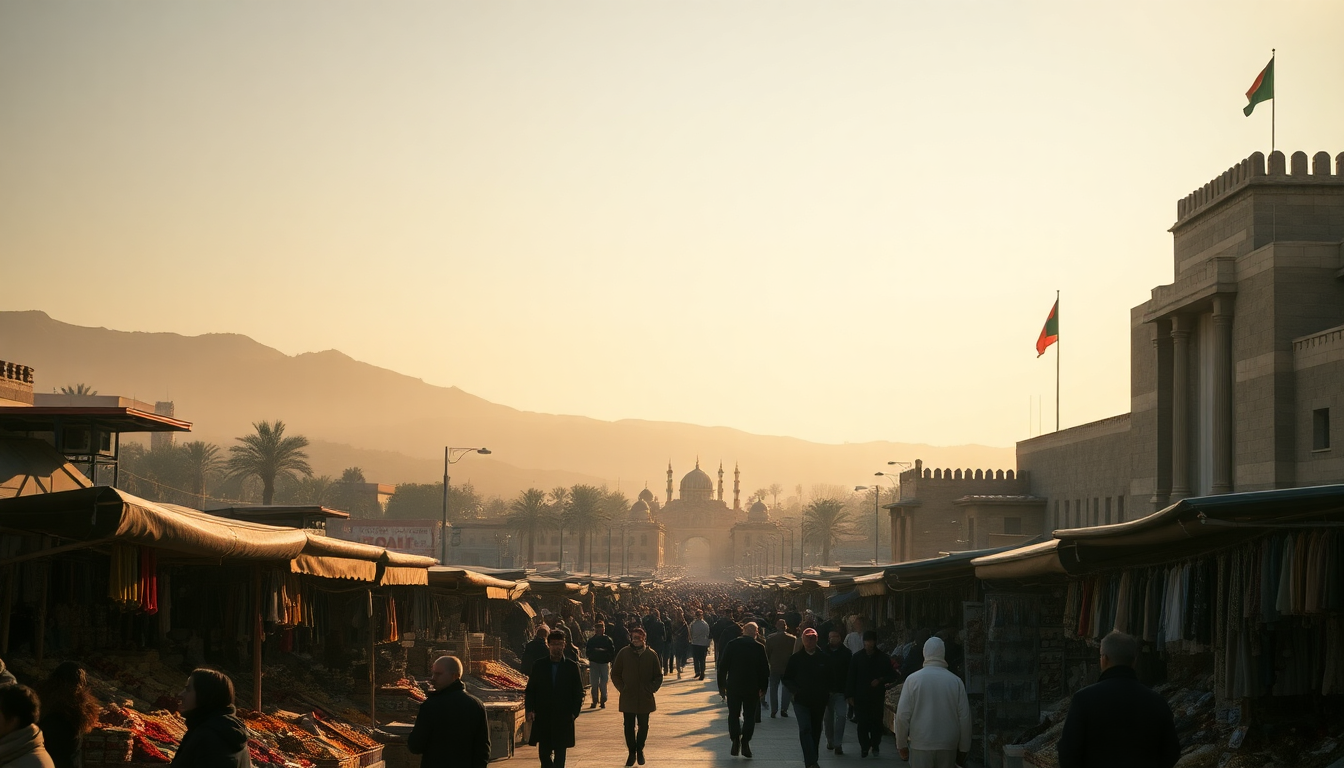Table of Contents
The geopolitical landscape of the Middle East is anything but simple. With a history rich in tension and complexity, recent developments—especially the ongoing conflict between Iran and Israel—have brought these intricate dynamics to the forefront. So, what’s really happening in this region? In this article, we’ll dive into the current situation, exploring the historical roots and the impact of U.S.
foreign policy on stability in the area.
Understanding the Past to Navigate the Present
To grasp today’s conflicts, we need to look back at the history that has shaped relationships in the Middle East. Since the Iranian Revolution in 1979, the relationship between the U.S.
and Iran has been rocky, punctuated by incidents like the 1982 Beirut barracks bombing that resulted in the tragic loss of many U.S. Marines. Fast forward to October 2023, and the recent attacks by Hamas have only added fuel to the fire, heightening scrutiny on America’s role in the region.
These historical grievances play a crucial role in how people view U.S. foreign policy today. The Biden administration has taken a cautious approach to military intervention, aiming to strike a balance between diplomatic relations and the pressing threats posed by Iran’s nuclear ambitions.
As discussions around potential military actions gain traction, everyone is keenly watching to see how these developments might shift the already delicate balance of power in the Middle East.
The Shifting Sands of U.S. Foreign Policy
The United States has long aimed to foster stability and security in the Middle East.
However, recent statements from political leaders indicate a shift toward more direct involvement, especially in light of ongoing conflicts. Take, for example, President Trump’s call for a peace deal between Iran and Israel—this highlights a proactive approach to achieving regional stability.
But what does this mean for the average American? Public opinion is quite divided when it comes to military intervention. While some voices advocate for a strong response to Iran’s provocations, others urge caution, fearing that escalating tensions could spiral into war. The stakes are high; these policy decisions could reshape alliances and significantly influence the future of U.S.-Middle East relations.
The Road Ahead: What Lies in Store for the Middle East?
As we look towards the future, the prospects for peace and stability in the Middle East remain murky. Imagine a scenario where Iran is non-nuclear—this could pave the way for a more secure environment and spur economic growth across the region. With nations eyeing potential partnerships with global powers, the U.S. could play a pivotal role in steering these outcomes, provided it successfully navigates the complex web of interests among regional players.
In conclusion, the geopolitical landscape of the Middle East is a complex tapestry woven from historical grievances, current tensions, and future possibilities. As the U.S. reflects on its role in these developments, the impact of its decisions will resonate well beyond the region, influencing the global order for years to come. So, what do you think will happen next? Will the U.S. find a way to foster peace, or are we in for more turmoil? Only time will tell.





